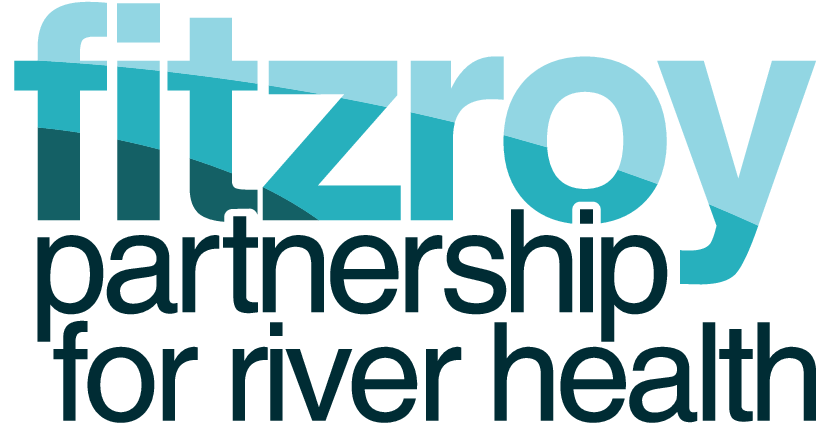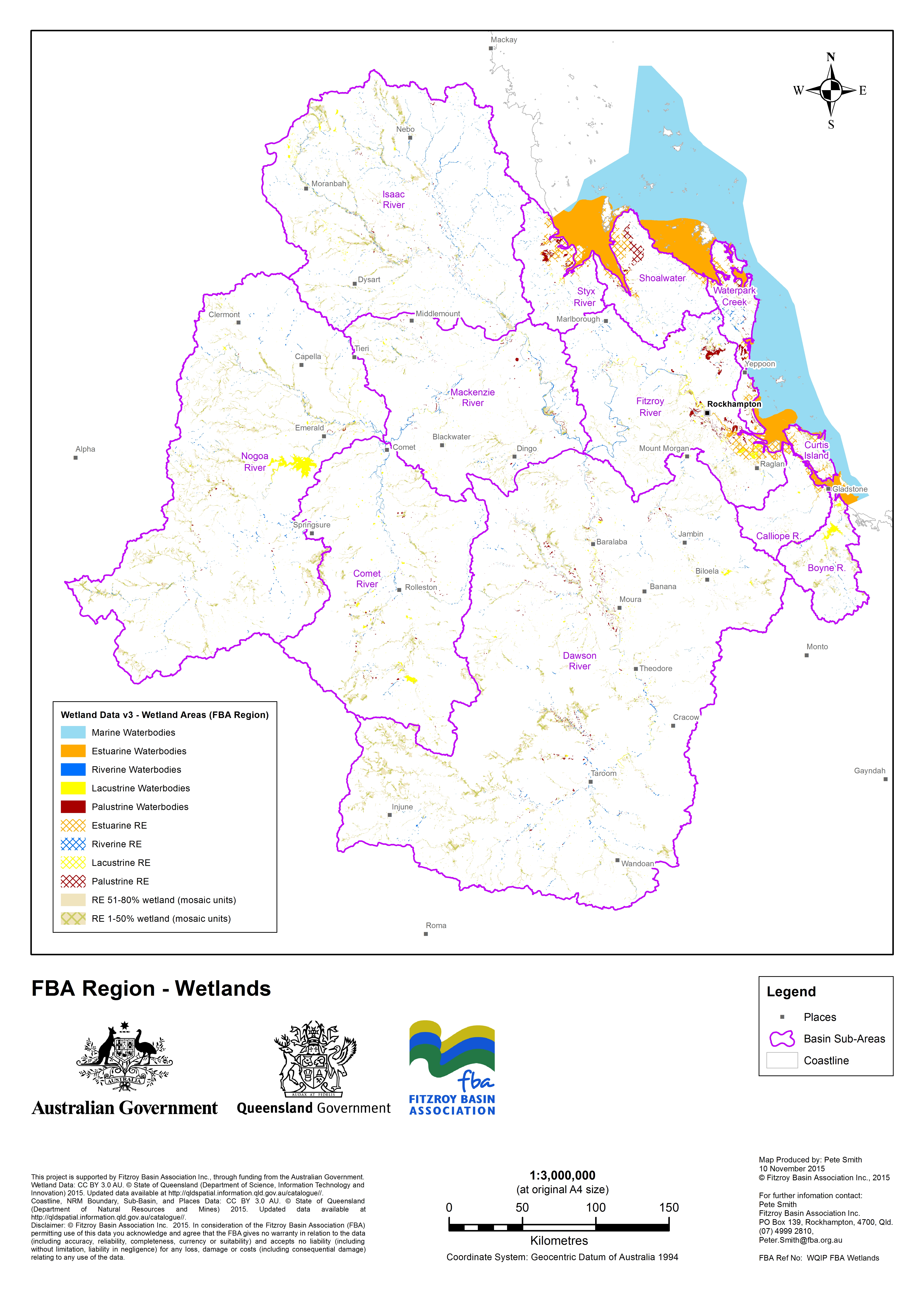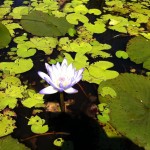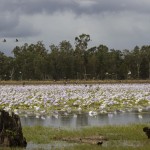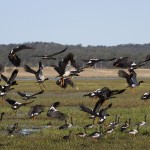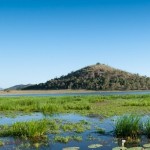[wqip-tabs]
Wetlands
The Fitzroy catchment has an extensive network of inland wetland systems. Wetlands are important to ecological health at the landscape level as they filter nutrients and suspended sediment, and assist in rainwater retention. Inland wetlands are ecologically important resources for local flora and fauna as well as migratory bird species.
There are three types of wetlands that may be found inland: lacustrine (lakes), riverine (water channels) and palustrine (swamps, billabongs and sedge lands) and at times they may be ephemeral (lack water altogether). Click here for further information on types of wetlands, their definitions, classes, and extent.
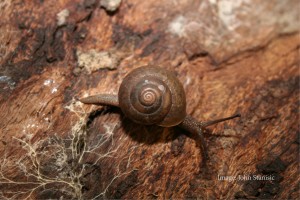 The Palm Tree and Robinson Creek wetlands are a spectacular example of inland ephemeral wetlands and are recognised on the Directory of Important Wetlands in Australia. These wetlands support highly diverse flora and fauna including local and migratory species. A special mollusc known as the Boggomoss Snail can be found in this area. Palm Tree and Robinson Creek wetlands consist of deep and shallow water bodies and terrestrial shore zones.
The Palm Tree and Robinson Creek wetlands are a spectacular example of inland ephemeral wetlands and are recognised on the Directory of Important Wetlands in Australia. These wetlands support highly diverse flora and fauna including local and migratory species. A special mollusc known as the Boggomoss Snail can be found in this area. Palm Tree and Robinson Creek wetlands consist of deep and shallow water bodies and terrestrial shore zones.
Future threats to these wetlands may include the long-term effects of climate change on wet and dry cycles, as well as potential water impoundments, resource extraction or other developments that affect the hydrology within the wetlands.
- Water Lily at St Lawrence Wetland
- Palm Tree and Robinson Creek Wetlands
- Headlow Wetland
- Headlow Wetland

